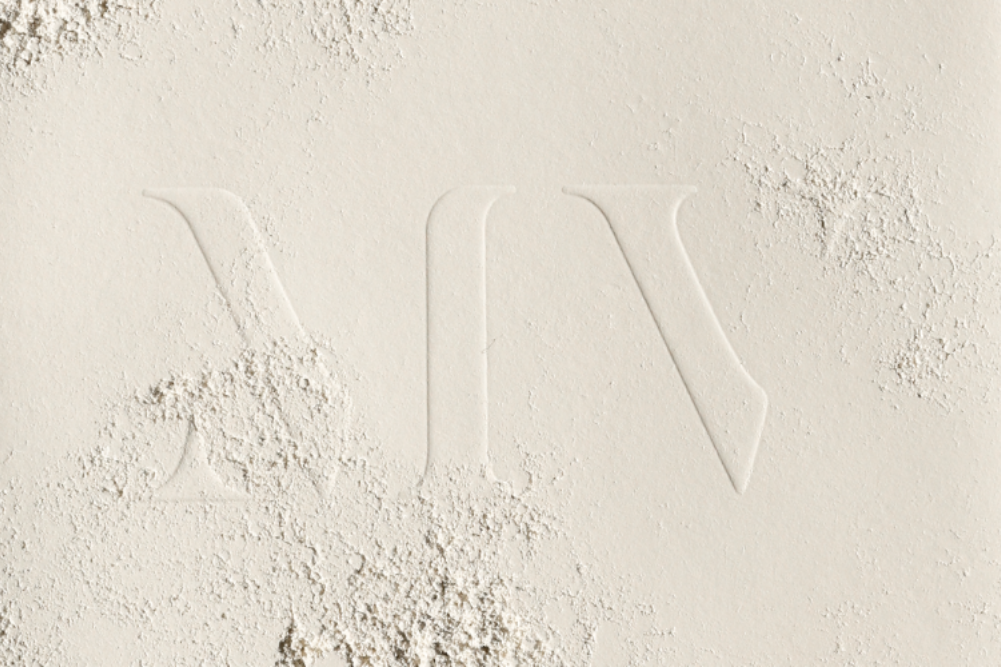A beautiful gut
A beautiful gut? You may think I’m talking about a svelte waistline, but I’m referring to something far more important: the world beyond your exterior, the fascinating and complex ecosystem that is the inside of your gut. It’s there that healthy, radiant skin begins (as well as a nice waistline) because it’s there (if all is going well) that we break down our food, process our nutrients, manufacture nutrients, destroy toxins, break down fats and create neuro-chemicals. In health and medical circles, the gut, or digestive system, is referred to as the body’s “second brain”. How it performs directly affects the health of your skin, your body generally and your vitality.
So who runs the show? The gut is home to trillions of microbes that outnumber the bodies’ cells by 10 to one. We co-exist in a symbiotic relationship with about 300–500 different species of bacteria. Hopefully, there’s always a predominance of beneficial or “good” bacteria over “bad” bacteria, which include pathogens, fungi and yeasts (such as candida).
We secure our bacterial pattern in the first three weeks of life, but we can alter the nature of this pattern with changes to lifestyle and diet. When good bacteria predominate, they are industrious helpers indeed. Their work includes supporting the immune system, manufacturing nutrients (and increasing their bio-availability), eliminating toxins that include pathogens and free radicals, thereby keeping the blood clean, metabolising plant compounds, creating enzymes that break down our food during digestion, metabolising and recycling hormones from food sources that determine how we store fat and help offset hormonal imbalances, creating feel-good neurochemicals and, finally, producing nutrients such as biotin and vitamin K that are essential for correct nervous system function.
A healthy digestive system maximises nutrient output, ensuring it can feed all organs of the body, including those that are last priority, such as the skin. But, sadly, modern life is not really conducive to good gut health. Lifestyle and dietary factors that compromise its wellbeing include refined foods, alcohol, smoking, pollution, stress, toxins in Beauty and personal care products and pesticides, herbicides and synthetic hormones in our food. Antibiotics, although sometimes necessary, are often over-prescribed and kill all bacteria including the beneficial kind.
A predominance of bad bacteria creates a profound imbalance in all the body’s systems and disease can occur, including skin conditions. Bad bacteria wreak havoc, not only causing a breakdown in our nutrient manufacturing and processing plants, but also putting holes in the lining of the gut, in turn allowing toxins and undigested particles into the bloodstream (leaky gut syndrome). This suppresses immune health, as 70 per cent of our immune system lies in the gut lining. Then, not only will you not look your best, but you may feel cloudy in the head, lacklustre, tired and more susceptible to sickness and skin problems such as premature ageing, acne and allergies.
The good news is you can turn your gut health around. It’s always wise to first see a nutritionist, who can guide you through a program that may start with tests on your stools to determine how leaky your gut really is. Here are some key points in promoting digestive health.
Diet
Encourage the growth of beneficial flora. The proven strains of good bacteria are the lactobacillus and bifidobacterium species. You can find them in yoghurt and probiotic drinks, but often the bacteria counts are not high enough in these food products (which can also be full of gut-compromising ingredients such as refined sugar, which bad bacteria thrive on).
You need a big enough quantity of beneficial flora for it to reach the intestine. One teaspoon of a high-quality probiotic both morning and night — away from meals — is recommended. First thing in the morning and last thing before going to bed are good times.
Have you ever wondered why women from Eastern Europe and Asia usually seem to have radiant, wrinkle-free skin? The answer lies in sauerkraut, kefir and miso. These are fermented foods. The fermentation process creates a broad range of good bacteria. The proliferation of lactobacilli in lacto-fermented vegetables such as sauerkraut, for example, predigests the cabbage, making digestion easier and nutrients more available to the body. It also helps line the gut with a variety of good flora. Fermented foods are superfoods. For information on how to lacto-ferment vegetables, visit www.westonprice.org.
Naturopath Rosalba Courtney says, “A diet rich in lacto-fermented vegetables has made the biggest difference to the health and appearance of my clients’ skin, especially those with skin conditions.” You can buy these foods already fermented from healthfood stores, but make sure they’re not pasteurised as this process destroys the bacteria.
Prebiotics are also important as they boost the growth of friendly bacteria already in the gut. These are non-digestible food substances found in asparagus, bananas, endive, chicory, garlic, globe and Jerusalem artichokes, kefir, leeks, onions, sauerkraut, shallots and yoghurt, to name a few. Prebiotics can also be obtained in supplement form with fructo-oligo-saccharides being the most common. Together, supplements of prebiotics and probiotics make a powerful symbiotic combination that can help to maintain a healthy digestive system.
Beautify your gut
- Favour organic foods — they’re richer in nutrients and free of nasty chemicals.
- If your gut is in bad repair, it may take a while for it to heal and get your own digestive enzymes working properly. Digestive enzymes available from healthfood stores are helpful.
- Vegetables are best steamed or sautéed, as an excess of raw vegies can weaken digestion.
- Animal proteins can be hard to digest so are best cooked slowly in soups and stews. Spices such as garlic, ginger, cumin, cayenne and black pepper can be added to animal proteins to aid digestion.
- Meat bone broths are high in minerals and other essential nutrients and are excellent for healing gut lining (see Healthy Skin Diet pg 40).
- Grains provide a great source of fibre to aid detoxification, but they’re best soaked overnight to get rid of anti-nutrients before being cooked. Cook them with spices or eat them with a little pickled umeboshi plum (available in healthfood shops and Asian delis) to aid digestion. Grains may be a little harsh on the gut in the initial stages of healing, so your practitioner may encourage you to take grains slowly.
- Gluten and dairy sensitivities are common, so these foods are probably best avoided as they contain proteins that are hard to digest.
- Lemon juice helps stimulate digestion. A shot of lemon juice before all meals can be a good aid to digestion.
- Eat smaller meals and chew food slowly until it liquefies before you swallow. Saliva contains digestive enzymes that help break down foods.
- Avoid drinking with your meal as this dilutes digestive enzymes.
- Don’t skip breakfast and reduce snacking, as the digestive system needs periods of rest throughout the day. A cup of fennel tea after lunch aids digestion.
- Acidity in the body’s tissues encourages bacteria. Read Healthy Skin Diet on page 40 for tips on how to reduce acidity.
- Other beneficial gut foods include chlorophyll-rich green vegies such as celery, alfalfa and sea vegetables, fibre-rich foods and green tea.
- Try not to eat when you are angry or stressed, as your body’s fright or flight response predominates at those times, meaning digestion is not a priority and is slowed.
Herbal medicines that enhance the gut
- Slippery elm helps with gut repair.
- Licorice root soothes and heals membranes and is also anti-microbial.
- Meadowsweet is a traditional gut herb for regulating acidity and reducing inflammation and has anti-microbial effects.
- Oregano is anti-parasitic.
- Garlic helps to regulate bacteria balance.
- Pau d’arco is said to have a broad-spectrum anti-microbial effect, but discuss with your healthcare practitioner as large doses can be toxic.
- Ginseng reduces the growth of pathogenic bacteria and has anti-inflammatory properties.
- Peppermint is a good basic digestive.
Note: Bad bacteria thrive on everything we consider to be bad for us, including refined foods and sugars. To help stop sugar cravings, supplements such as chromium and alphalipoic acid can be useful.
Good bugs and eczema
Two years of supplementation with the probiotic Lactobacillus rhamnosus led to less severe symptoms of eczema, reported scientists from the University of Otago and the University of Auckland in the Journal of Allergy and Clinical Immunology. “Our study provides further evidence that L. rhamnosus is indeed an effective intervention for reducing the prevalence of eczema among high-risk children.”







